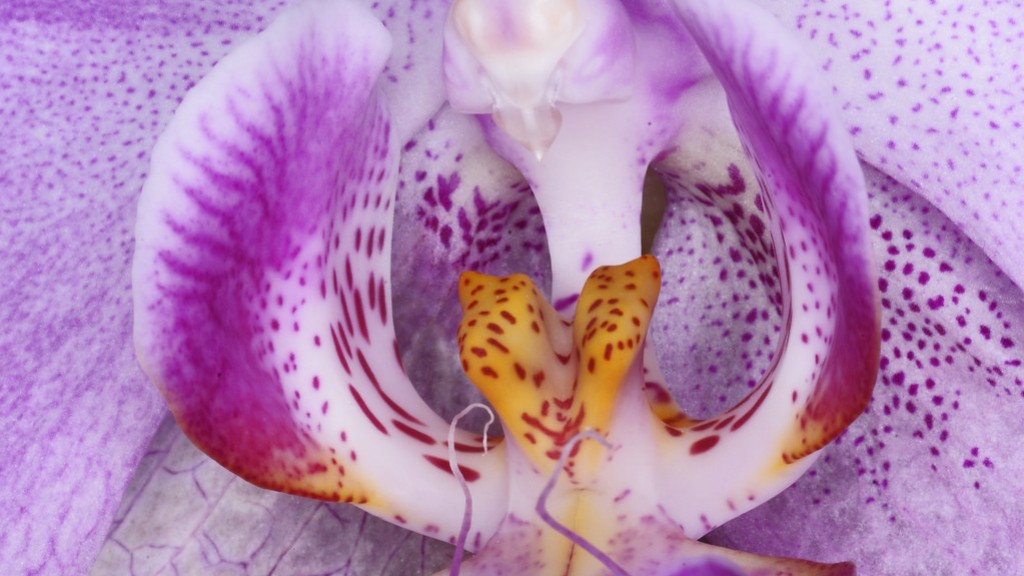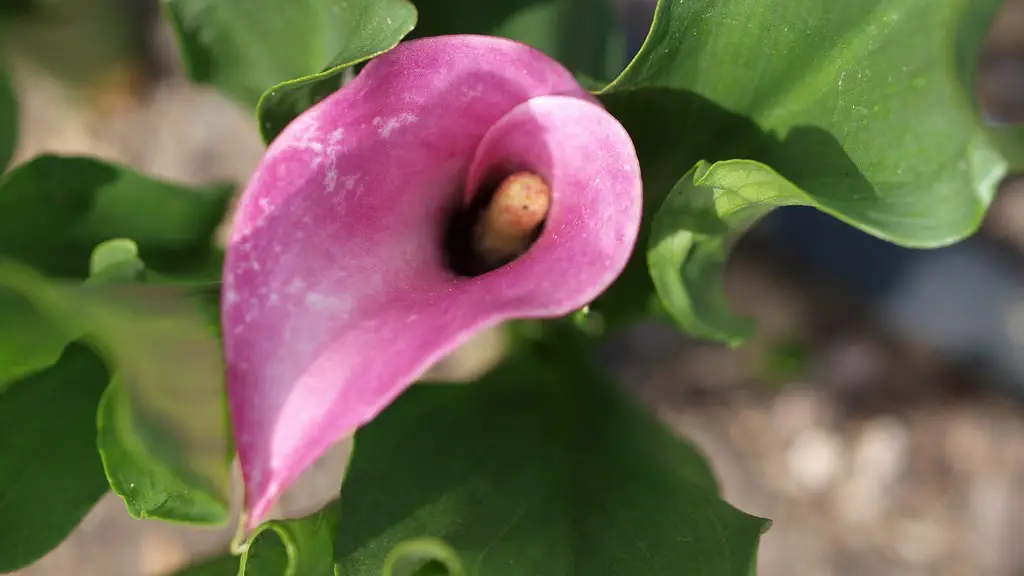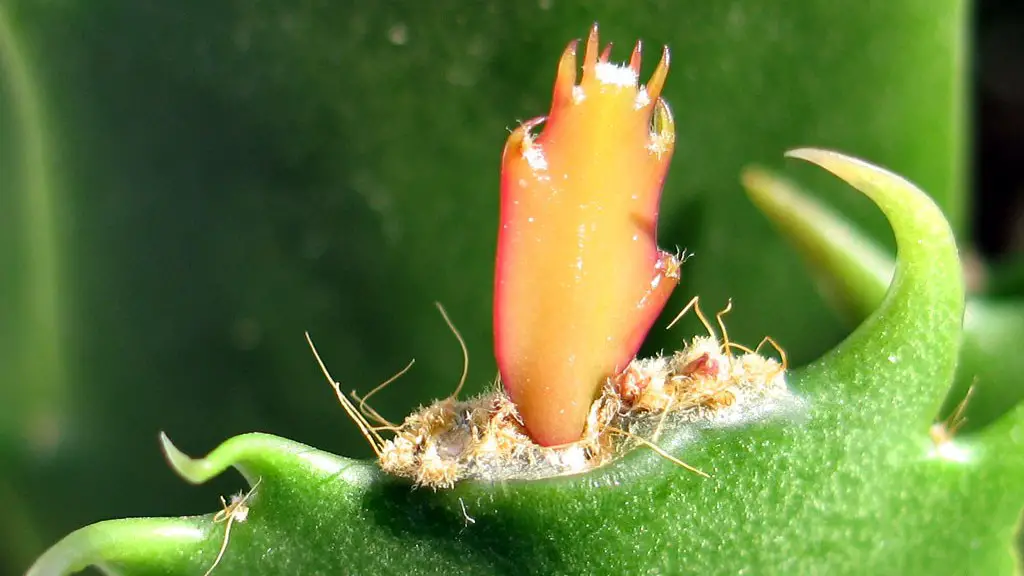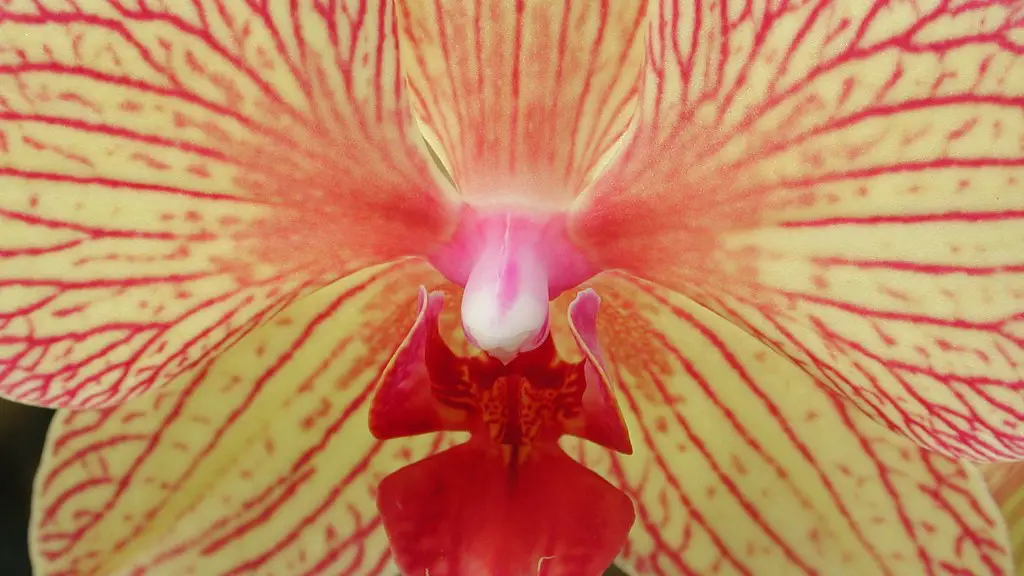It is a common misconception that orchids are finicky plants that are difficult to care for. While it is true that they have some specific watering needs, with a little bit of care, they can thrive and bloom for years. One of the most important things to know about watering an orchid is how often to do it.
Typically, phalaenopsis orchids should be watered every 7-10 days. However, there are a few factors that can affect this, such as the size of the pot, the type of potting mix, the temperature, and the humidity. In general, you should water your orchid when the potting mix is dry to the touch.
It is important to not let your orchid sit in water, as this can lead to root rot. If you are unsure if your orchid needs water, it is better to err on the side of underwatering than overwatering.
It is best to water your phalaenopsis orchid every 7-10 days, allowing the potting mix to dry out slightly between waterings.
How much water does Phalaenopsis orchid need?
If your phal is potted in bark, watering once a week is generally sufficient. If your plant is potted in moss, water when the top feels dry. The amount of light and heat your plant receives will also affect how soon your phal needs watering. Summer months will need more frequent watering, winter will need less.
The crown of the orchid is the center of the plant, where the leaves and stem meet. The stem is the main support for the plant, and the leaves are the main source of food and water for the plant. The crown is the most important part of the orchid, and it is where the plant gets its nutrients from. If the crown is dry, the plant will not be able to get the nutrients it needs and will eventually die.
How do I know if my Phalaenopsis orchid needs water
If you see that the leaves on your orchid are shiny and firm, and the roots are also firm and green, then you can be sure that you are watering it just the right amount. If the roots start to become dark and dry, then this means that the plant is not receiving enough water. Conversely, if the roots start to become yellow, brown, or hollow/flat, then this means that the plant is receiving too much water.
Orchids are one of the most popular houseplants, but they can be finicky about their watering needs. In general, water once a week during the winter and twice a week when the weather turns warm and dry. The size of your orchid container also helps determine how often you need to water, regardless of climate conditions. Typically, a 6-inch pot needs water every 7 days and a 4-inch pot needs water every 5 to 6 days.
How do I know if my orchid needs water?
Orchids are a bit particular about when and how often they like to be watered. As a rule of thumb, water your orchid when the roots appear to be green. If the roots look soggy and brown, ease up on the watering. And if the roots look grey or white, your plant is thirsty and needs more water.
Phalaenopsis orchids like to dry out a bit in between watering, but they dislike getting bone dry. Water your plant thoroughly in the sink, getting both sides of the leaves wet. Don’t worry about splashing the flowers, it won’t hurt them. You can even let your plant soak for 5 to 10 minutes.
Do I water orchid from top or bottom?
If you’re looking for an easy way to increase the humidity around your orchids, try setting them on top of a pebble tray filled with water. Just make sure that the water doesn’t touch the bottom of the pots, as this could cause the roots to rot. As the water evaporates, it will help to humidify the air around the plant.
If you are using softened water to water your orchid plant, be aware that the salts in the water can potentially damage the plant. It is best to use chlorinated tap water that doesn’t have an excessive amount of chlorine, collected rain water, or distilled water from the store.
Should I let my orchid sit in water
It is important to allow the water to drain out completely after watering your orchid. Orchids like a good soak, but they don’t tolerate sitting in water. Uneven watering can result in shallow or uneven root growth. After you have watered your orchid, feel the weight of the container. It will be heavy when the potting mixture is wet and will be much lighter when it dries out.
Assuming you would like tips for taking care of an orchid:
-It is best to water your orchid early in the morning, if possible.
-When watering, make sure to completely drench the plant and then allow it to dry out completely before watering again.
-If the leaves of your orchid start to turn yellow, it is a sign that it is being over-watered. Allow the plant to dry out completely and then reduce the amount of water you give it.
-If the leaves of your orchid start to turn brown and crisp, it is a sign that the plant is not getting enough water. Increase the frequency of watering.
What do overwatered orchids look like?
If you notice that your orchid’s leaves are looking limp or leathery, it is probably because you are watering it too much. The existing leaves may begin turning yellow, and new leaves may look pleated. Usually, a change in the leaves is the most visible warning sign that orchids give.
If you see that your orchid’s bottom leaves are yellow and wilted, and its buds are falling off instead of opening, this means that it is dehydrated. To hydrate your orchid, water it thoroughly and then mist it regularly.
Do you mist orchids daily
Misting your orchid with a spray bottle daily will help to keep the humidity level up. Be sure not to oversaturate the roots, as this could lead to problems. It is best to place your orchid where it will receive medium, indirect sunlight.
Orchids are one of the easiest plants to take care of. The best way to water them is to soak the plant in a bowl of water once every week or two. This will keep the moss moist and prevent the plant from rotting.
How often do you mist orchids?
Orchids are one of the most popular houseplants, but they can be finicky. One of the most important things to remember when caring for orchids is not to overwater them. Most centrally heated homes have dry air, so it’s important to mist the foliage every two to three days. However, be careful not to spray the flowers, as the water can mark the petals.
If you notice that your orchid’s leaves are brown or mushy, it’s a sign that the plant is suffering from root rot. Healthy roots, on the other hand, are plump and green. If your orchid’s leaves are very dark green, it’s a sign that the plant isn’t getting enough light. Make sure to move it to a place where it will receive plenty of bright, indirect sunlight.
What does an orchid look like when it needs to be repotted
Orchids are beautiful plants that can brighten up any space. While they may prefer a small pot at first, they will eventually outgrow it and need to be repotted. Signs that it’s time to repot include roots pushing up above the pot rim or reaching out into the air. If you see these signs, simply choose a new, larger pot and carefully transfer your orchid. With a little care, your plant will continue to thrive and bring you enjoyment for many years to come.
If you notice any of the above signs, then your plant is likely dying. You can try to revive it by giving it more water or nutrients, but it may be too late. If the leaves are yellow and faded, it is likely that the plant is not getting enough light. Yellow leaves can also indicate a nutrient deficiency. Mushy roots can be a sign of too much water or a pest problem. Dropped leaves can be caused by either of those issues, or by a lack of nutrients. If your plant is evergreen, then it is likely not getting enough water.
Final Words
Phalaenopsis orchids should be watered about once a week, allowing the potting mix to dry out slightly between waterings.
The best way to water a Phalaenopsis orchid is to allow the potting mix to dry out completely between watering. If you water your orchid too often, the roots will rot and the plant will die.





